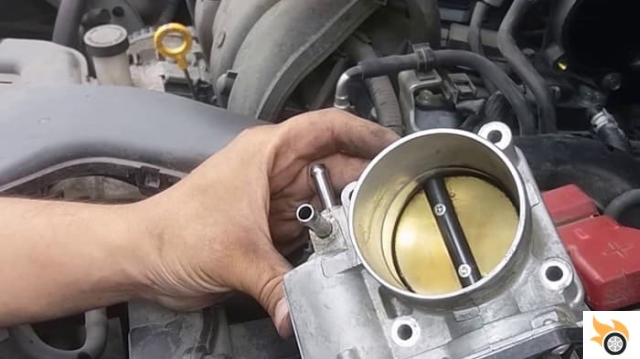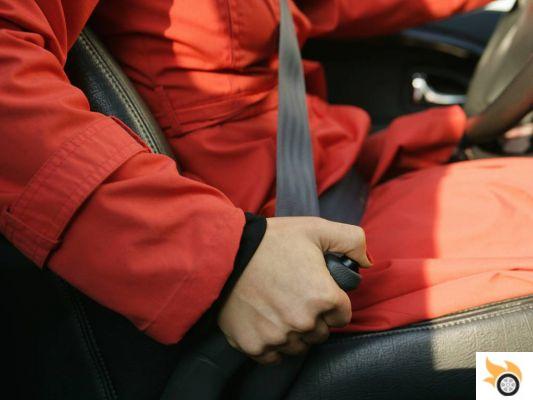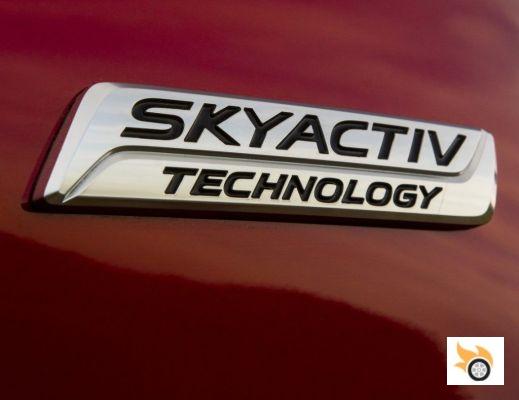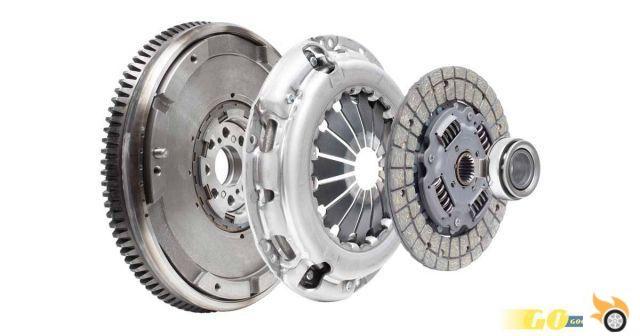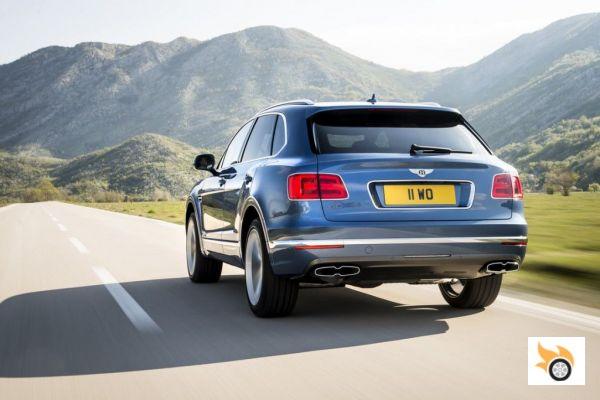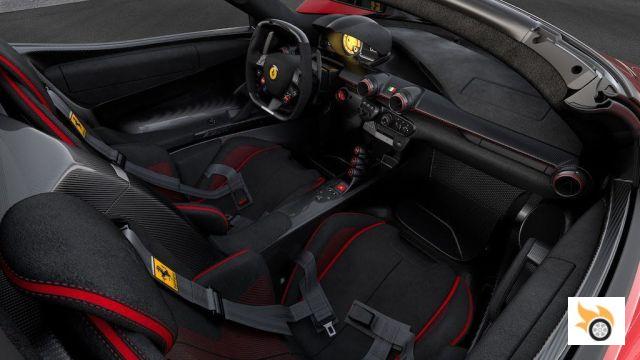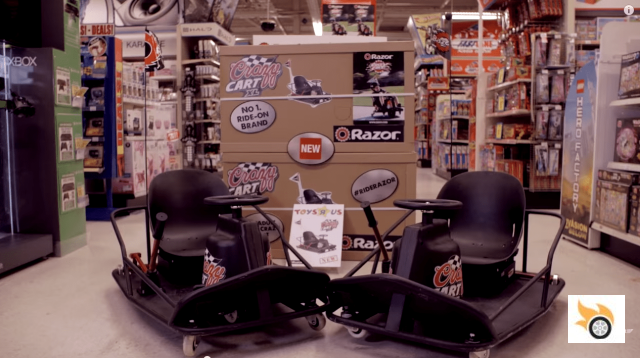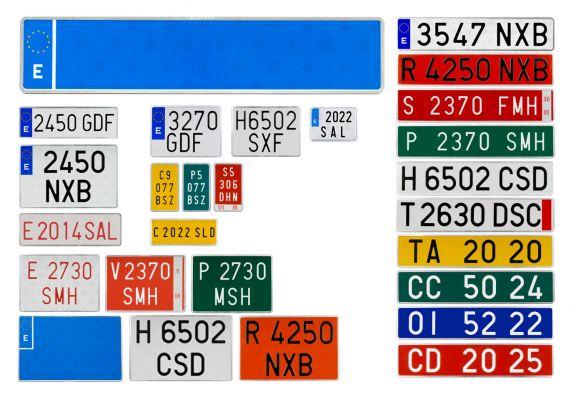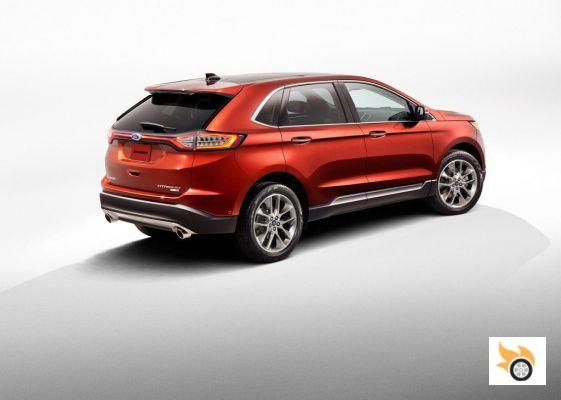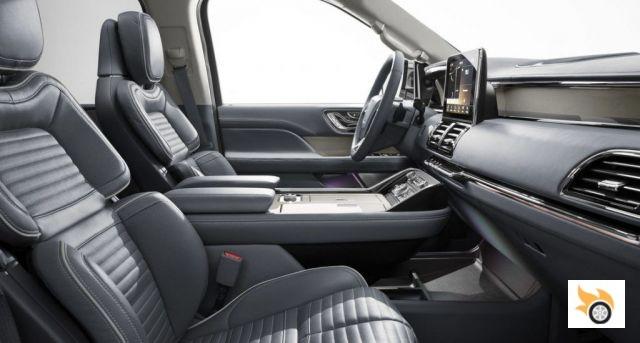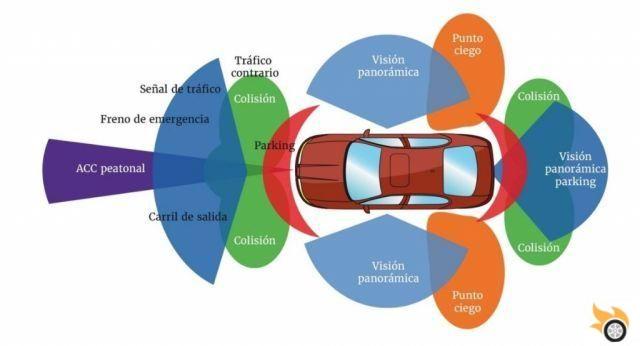 Article on advanced driving assistance systems (ADAS)
Article on advanced driving assistance systems (ADAS)
Welcome to our article on advanced driving assistance systems (ADAS). In this text, you will find both general and specific information about these systems, their mandatory nature in cars, what they are, what they mean for the car and what ADAS systems are available in cars. In addition, we will mention reliable sources such as the DGT, Fundación MAPFRE, Autofacil.es, Motor Mapfre, UECA, BMW Automotor and Autocasion.com.
What are advanced driving assistance systems (ADAS)?
Advanced driving assistance systems, known as ADAS (Advanced Driver Assistance Systems), are a series of technologies designed to improve safety and comfort when driving. These systems use sensors and cameras to detect and respond to traffic situations, helping the driver avoid collisions, stay in the correct lane, control speed, and much more.
Are ADAS systems mandatory in cars?
Currently, not all ADAS systems are mandatory in cars. However, the European Union has established regulations requiring the installation of certain ADAS systems in all new vehicles starting in 2022. These systems include autonomous emergency braking, adaptive cruise control, and lane keep assist. These regulations aim to improve road safety and reduce the number of traffic accidents.
ADAS systems available in cars
There are several ADAS systems available in cars, each with its specific function. Some of the most common systems are:
1. Autonomous emergency braking (AEB)
This system uses sensors to detect the proximity of other vehicles or objects and, if it detects an imminent risk of collision, automatically activates the brakes to avoid or reduce the severity of the impact.
2. Adaptive Cruise Control (ACC)
Adaptive cruise control uses sensors to maintain a safe distance from the vehicle in front. It automatically adjusts the car's speed to maintain that distance and can brake or accelerate depending on traffic conditions.
3. Lane Keeping Assist (LKA)
This system uses cameras to detect lane markings and helps the driver stay in the correct lane. If the car unintentionally deviates from the lane, the system issues an alert or can even automatically correct the direction.
4. Parking assistant
The parking assistant uses sensors and cameras to help the driver park the car safely and accurately. It can provide visual and auditory cues, and can even take control of the steering wheel to perform complicated maneuvers.
Frequently Asked Questions (FAQs)
1. What is the difference between ADAS systems and autonomous driving?
ADAS systems are technologies that assist the driver in driving, while autonomous driving implies that the vehicle can drive completely autonomously, without human intervention. ADAS systems are an intermediate step towards autonomous driving, providing assistive functions but still requiring the driver's attention and control.
2. Do all cars have ADAS systems?
No, not all cars have ADAS systems. Currently, these systems are usually available on high-end vehicles or as additional options on some models. However, with European Union regulations, more and more new cars are expected to be equipped with ADAS systems as standard.
Conclusion
Advanced driving assistance systems (ADAS) are technologies that are revolutionizing road safety. These systems offer a number of assistance features that help drivers avoid collisions, stay in the correct lane, control speed, and park safely. As technology advances, we are likely to see more advancements in ADAS systems and greater adoption across all cars. Made mandatory in new vehicles from 2022, these systems are expected to contribute to reducing the number of traffic accidents and improving safety on our roads.
We hope this article was informative and helped you better understand ADAS systems. If you have any other questions, don't hesitate to leave us a comment. Until next time!




